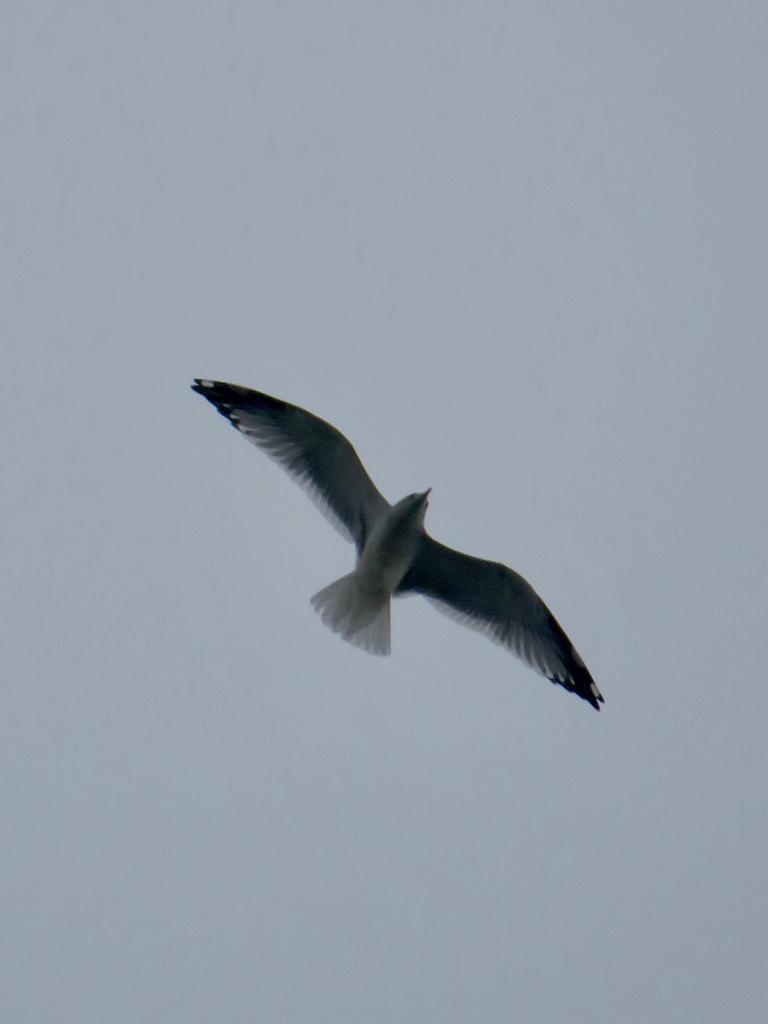“The Stats” (8pm on 21st)
| This Week | Totals | vs last week | vs same week 2020 |
| Total No. Species | 74 | ↑13 | ↑16 |
| Total No. Birds | 10,215 | ↑6,292 | ↑7.592 |
| To September 21st | 2021 | vs 2020 |
| Total No. Species | 81 | ↑9 |
| Total No. Birds | 21,362 | ↑ 6,153 |
A much livelier week dominated by a more north-westerly wind direction bringing cooler air but swinging to the south for a period. An impressive 75 different species were recorded from 16 Herts gardens along with a much greater movement of birds – over 6,000 more than last week. The overall tally of species for September now stands at 82.
As expected, Meadow Pipit passage continued and increased with around 150 birds being reported – mainly heading south. This passage is likely to
peak in the coming week but flyover Meadow Pipits should remain a feature of the winter months. Swallow and House Martin passage continued in roughly equal numbers but slightly up from the previous week. No Sand Martins or Swifts were noted but Yellow Wagtails were still recorded along with an increasing number of Pied and Grey Wagtails. Starlings are also on the move with numbers increasing as birds from the Continent enter the country.
A Spotted Flycatcher made a brief appearance in a St Albans garden on 16th.  Sunday proved a good day for passage and with many observers in their gardens good counts of many birds were to be had. St Albans gardens recorded the first 2 Crossbills of the autumn heading SW and the second garden Rock Pipit of the season headed north. A Common Snipe was a surprise flyover for a garden in Gaddesden Row but a more expected record for Shafford Farm in the Ver water meadows who also added Water Rail to the September list.
Sunday proved a good day for passage and with many observers in their gardens good counts of many birds were to be had. St Albans gardens recorded the first 2 Crossbills of the autumn heading SW and the second garden Rock Pipit of the season headed north. A Common Snipe was a surprise flyover for a garden in Gaddesden Row but a more expected record for Shafford Farm in the Ver water meadows who also added Water Rail to the September list.
Chiffchaffs continue to feature with many still breaking into song when the sun comes out. A total of 15 birds were recorded on 19th but their cousins, the Willow Warblers, are getting harder to find. Hobbies linger and after dark, Tawny Owls are getting more vocal as they gear up for courtship. Also of note was the growing movement of wildfowl with increases in Canada and Greylag Geese along with larger numbers of Mallard.
Looking ahead wildfowl movement may well be a feature with this the peak time for Pintail and the arrival of groups of Wigeon. Many of these birds will move at night but you might get lucky with a flyover bird during the day. The coming week has the potential to be very exciting but much depends on the weather.  Last year saw both Gannet and Pink-footed Geese recorded from Herts gardens. Another bird on the move is the Short-eared Owl – recorded over a St Albans garden last year late one afternoon.
Last year saw both Gannet and Pink-footed Geese recorded from Herts gardens. Another bird on the move is the Short-eared Owl – recorded over a St Albans garden last year late one afternoon.
This week’s ‘top tip’ is a reminder not to dismiss birds before you’ve had a good look – if ever there was a time of year for something to be ‘other than it appears to be’ it is now! The Short-eared Owl last year was almost dismissed as a Black-headed Gull and a Firecrest as ‘just another Blue Tit’. Many birds skulk during autumn migration – it’s all about survival and no longer about showing off to get a mate. As a result they tend to be quieter and less obvious so thorough checking becomes even more imperative.
Keep looking and if you haven’t joined in yet there’s no time like the present!
Enter your sightings here: Googlesheet



